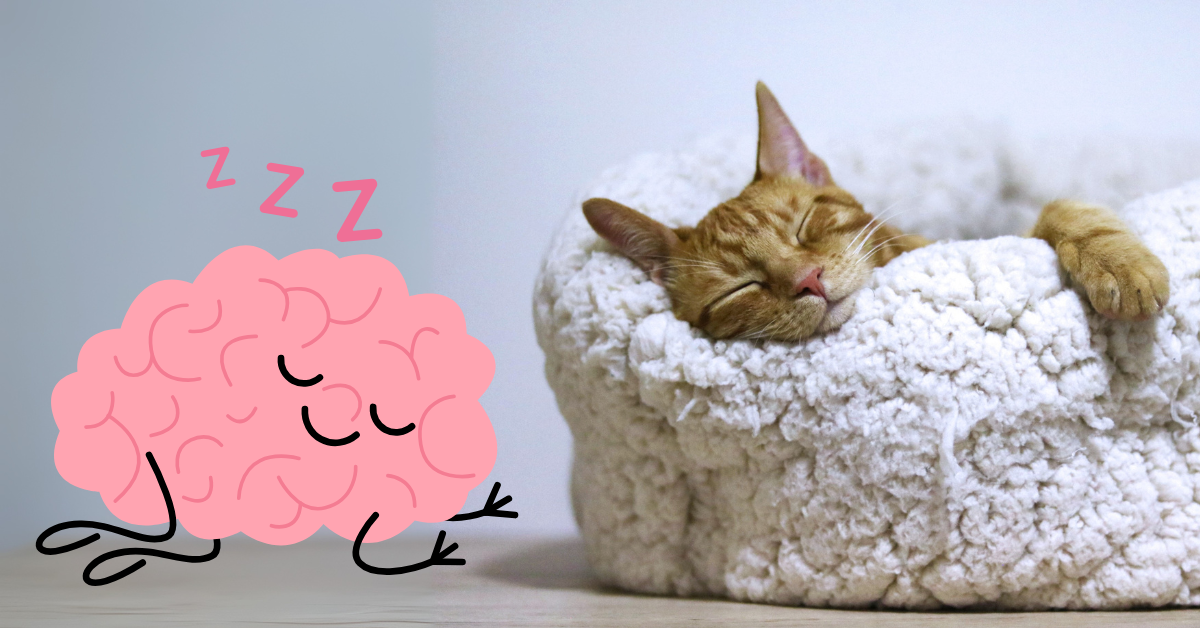Sleep: we all do it. Most of us love it.
But when it comes to what’s actually going on during those hours we’re knocked out? Most people are still in the dark.
Let’s fix that.
Here are five surprising facts about sleep that’ll make you rethink what it means to recover and why “just getting through the day” isn’t the goal.
You’ll Spend About 1/3 of Your Life Asleep
Let that sink in.
If you’re aiming for 6–8 hours a night (which you should be), that adds up to a full 25–30% of your life.
But here’s the catch: just being in bed doesn’t mean you’re recovering.
Poor sleep habits – whether it’s not enough, too much, or inconsistent patterns – can destroy your energy, tank your performance, and lead to foggy, unproductive days.
Good sleep doesn’t steal time: it gives it back by making you more efficient, focused, and energized when you’re awake.
So if you’re constantly reaching for another coffee or crashing mid-afternoon? Start by checking your sleep hygiene before blaming your workout plan.

Sleep Is One of the Most Powerful Recovery Tools You’re Not Maximizing
You’ve heard about the power of nutrition, massages, and mobility work. But nothing replaces deep, consistent sleep when it comes to total recovery.
During sleep, your body:
- Repairs damaged cells
- Rebuilds muscle tissue
- Balances key hormones
- Recharges your nervous system
- Consolidates memory and learning
- Regulates mood and emotional resilience
Sleep isn’t just rest – it’s where actual adaptation happens. Want better results from your training and nutrition? Prioritize sleep like your results depend on it (because they do).
Sleep Isn’t One Long Nap – It Has Stages
Here’s where it gets nerdy – but important.
Sleep cycles through multiple stages:
- N1: Light, easily broken sleep
- N2: Slightly deeper, with brain activity called sleep spindles
- N3 (Slow-Wave Sleep): Deep recovery mode—this is where physical restoration happens
- REM: Dream-heavy, high brain activity – key for memory, emotional processing, and neural development
A full sleep cycle lasts about 90 minutes, and you go through 4–6 cycles per night. Skimping on sleep means skipping stages your brain and body desperately need.
You can’t “hack” your way around this. Quality > quantity, but you still need both.
Some People Dream in Black & White (Yes, Really)
Most people dream in color – but a small percentage consistently dream in black and white.
It’s rare, and we’re still not entirely sure why it happens. Some believe it’s tied to early exposure to black-and-white media (like old TV), or possibly a different way the brain stores and recalls memory.
Either way, dreaming in grayscale doesn’t make the experience less vivid or meaningful – it’s just another reminder that sleep is far more personal (and mysterious) than we give it credit for.
You Can Learn to Control Your Dreams (Lucid Dreaming Is Real)
Ever wanted to fly, time travel, or have a conversation with your past self? Turns out, your brain is already capable of creating that experience while you sleep.
It’s called lucid dreaming, and with training, you can actually gain awareness mid-dream and take the reins.
This isn’t woo. It’s real.
Lucid dreaming has been used to:
- Overcome fears
- Improve mental clarity
- Boost creativity
- Solve problems
- Rehearse high-stakes scenarios (yes, even for athletes)
It takes practice, but it’s a skill anyone can build. Imagine using part of your sleep to train your brain instead of just checking out.
Sleep Isn’t Optional Recovery: It’s Your Edge
Sleep isn’t just about feeling rested. It’s where your body repairs, your mind resets, and your performance locks in.
If you’ve been ignoring it, now’s the time to change that.
Because what happens while you sleep? Affects everything you do when you’re awake.